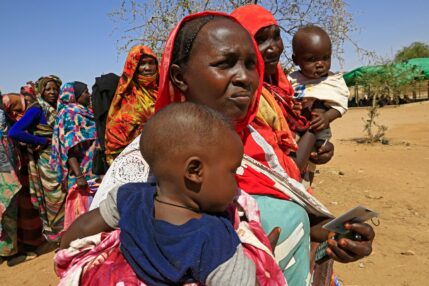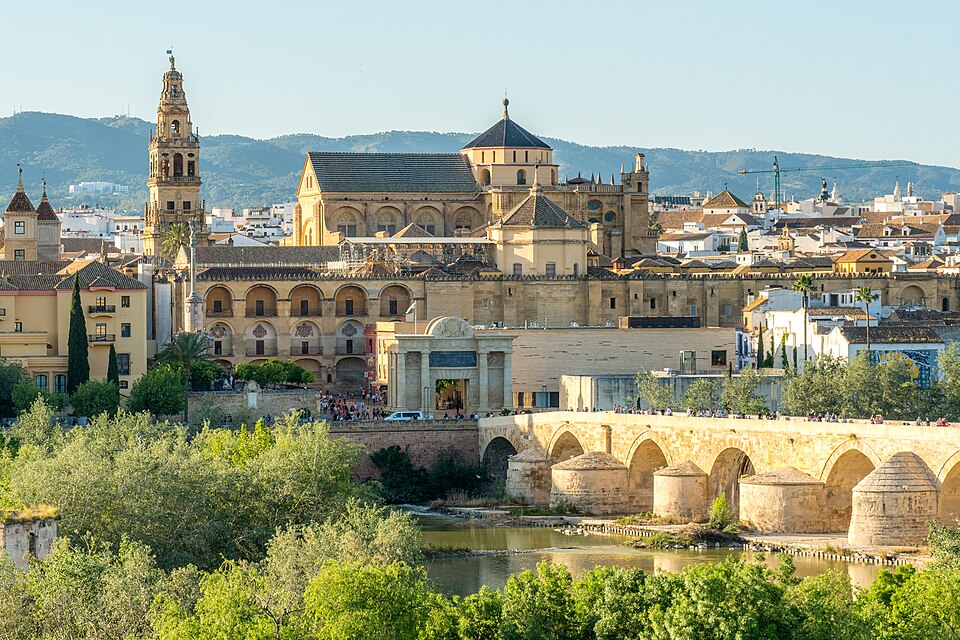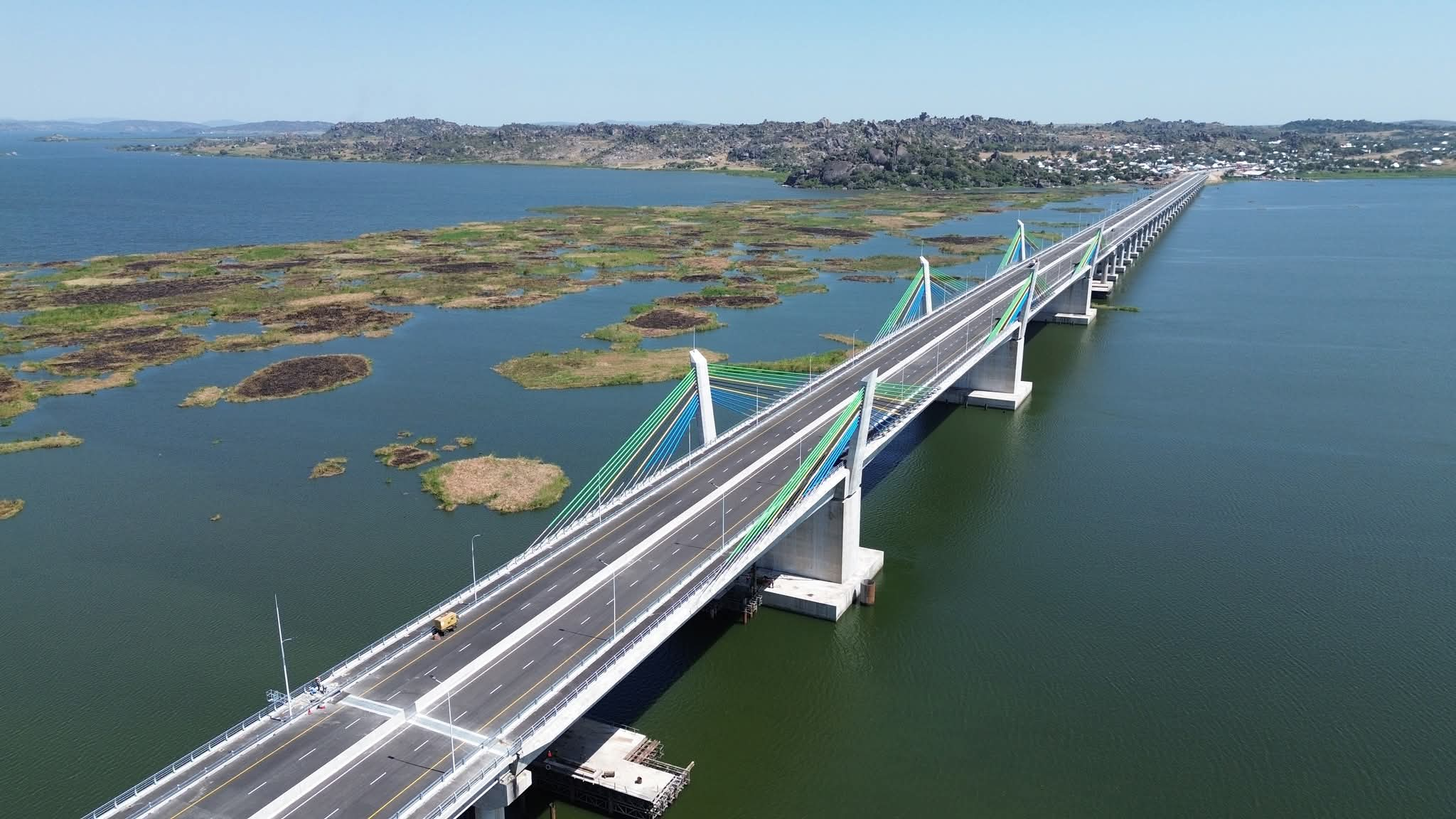TOP 10: World's Most Poorest Countries in 2024

Did you know that across the world's continents, the poorest country in Africa is South Sudan, the poorest in Asia is Nepal, the poorest in Australia is Papua New Guinea, the poorest in Europe is Ukraine, the poorest in North America is Haiti, and the poorest in South America is Venezuela?
According to the Global Finance Magazine, the very poorest of the world’s poorest countries with a purchasing power parity, PPP, of 476, is South Sudan. The African country has been wracked by violence since its creation in 2011. It determines the poorest countries by using PPP which can better assess an individual’s buying power in any given country than the use of Gross Domestic Product (GDP) per capita often considered the standard metric.
Though South Sudan is rich in oil reserves, the landlocked state of roughly 11 million people represents a textbook example of the “resource curse,” whereby abundance fosters political and social divisions, inequality, corruption and warfare. The majority of the population is employed in traditional agriculture, although violence and extreme climate events often prevent farmers from planting or harvesting crops. According to the World Bank, over 9 million people were estimated to need humanitarian assistance in 2023, an increase of half a million people compared to the previous year.
Other poor countries among the Top 10 list of poorest countries, ranked in the order of country/territory and GDP-PPP ($) are: Burundi (890), Central African Republic (1,109), Democratic Republic of the Congo (1,579), Niger (1,579), Mozambique (1,584), Malawi (1,668), Liberia (1,789), Chad (1,807) and Madagascar (1,907).
BURUNDI lacks natural resources and has been scarred by a 12-year civil war, contributing to its ranking of second-poorest country in the world. With about 80% of Burundi’s roughly 13 million citizens relying on subsistence agriculture, food insecurity is almost twice as high as the average for sub-Saharan African countries. Furthermore, access to water and sanitation remains very low and less than 5% of the population has electricity.
Rich in gold, oil, uranium and diamonds, the CENTRAL AFRICAN REPUBLIC is a very wealthy country inhabited by very poor people, and has been among the poorest countries in the world for the better part of a decade.
The DEMOCRATIC REPUBLIC OF CONGO, since gaining independence from Belgium in 1960, has suffered decades of rapacious dictatorship, political instability and constant violence, making it a regular in our rankings of the world’s poorest countries. About 65% of the country’s roughly 100 million population gets by on less than $2.15 a day. Yet the country is already the world’s largest producer of cobalt and Africa’s leading source of copper—essentials in the production of electric vehicles.
With 80% of its landlocked territory covered by the Sahara Desert and a rapidly growing population dependent upon small-scale agriculture, NIGER is under threat from desertification. Food insecurity is high, as are disease and mortality rates. Recurrent clashes of the army with the Islamic State (ISIS) affiliate Boko Haram have displaced thousands.
MOZAMBIQUE, a former Portuguese colony, is rich in resources and has often posted average GDP growth rates of more than 7% in the past decade. Yet it remains mired among the ten poorest countries in the world, with severe climate conditions and political instability being some of the main culprits. To make things worse, since 2017 attacks carried out by Islamic insurgent groups have plagued the gas-rich northern part of the country.
MALAWI is one of Africa’s smallest nations. Its economy—largely dependent upon rain-fed crops—remains vulnerable to weather-related shocks. Food insecurity in rural parts is extremely high. Malawi has enjoyed stable governments since it gained independence from Britain in 1964. However, today, Malawi is grappling with an economic crisis that has led to fuel shortages, a surge in food prices, and a sharp devaluation of the currency.
LIBERIA, Africa’s oldest republic, has ranked amongst the poorest countries in the world for many years. Expectations were high when the former football star George Weah became president in 2018, until in 2023 when he was defeated by opposition leader and former vice-president Joseph Boakai in a new round of elections. Boakai might have it easier than Weah: after contracting in 2020 and 2021, growth re-started in 2022, and it is projected to reach about 4% in 2024.
CHAD has Africa’s tenth-largest oil reserves yet poverty remains widespread, making it the ninth poorest country in the world. Most of the windfall from the nation’s 2003 oil find was spent by the country’s autocratic ruler, Idriss Deby, on fighting rebels and cracking down on any form of dissent. When Deby was killed in 2021, a military council headed by his son, Mahamat Idriss, took control of the country. The constitution was suspended. Backed by the military, he remains the “transitional” head of state to this day.
MADAGASCAR, since becoming independent from France in 1960, has experienced bouts of political instability, violent coups and disputed elections. Madagascar still holds one of the highest poverty rates in the world at about 75%, growth is sluggish, and inflation stands at about 10%. To be fair, the country has also faced an unprecedented series of challenges — Covid-19 pandemic, the world’s first famine (2021) caused by climate change, and in 2022—when grain deliveries from Ukraine collapsed as a consequence of the Russian invasion—food prices skyrocketed, adding further to the misery for the people of the island
Sources: Global Finance Magazine | International Monetary Fund | World Economic Outlook October 2023
Image: Refugees International
#penglobalfactfile


_1755775186.jpg)
